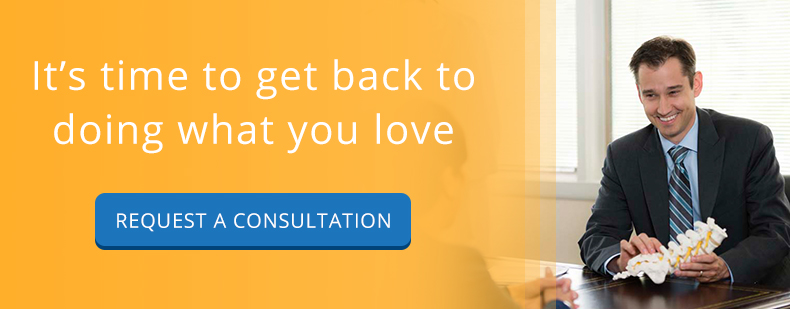Dr. William S. Cobb discussed spinal trauma with a group of physical therapists (PT) recently at Kinetic PT’s annual Spine Symposium. His talk focused on the importance of teamwork during the delicate stages of recovery. He placed special emphasis on how neurosurgeons and physical therapists should work together to bring about faster recovery.
To be an effective team member, says Dr. Cobb, all caregivers need to have a good understanding of the full spectrum of spinal care. In this light, Dr. Cobb gave a comprehensive review of the short- and long-term management of the traumatic spinal injury patient.
Dr. Cobb went over the different types of spinal injuries, and the surgical techniques for treating them. Some require repair of the spinal bones, while others require at least temporary external “fixation” with rods and metal plates or halos. But this is only possible after the patient is stabilized by paramedics, ER personnel, trauma surgeons and neurosurgeons working together.
Directly after a spinal cord injury, the most important task is to prevent further damage to the cord or spine, or what Dr. Cobb called “secondary injury.” This is done by immediately immobilizing the patient via backboard and stabilizing vital signs. Providers must then evaluate the extent of the injury by physical exam and by imaging with X-ray, CT and MRI scans.
Spinal injuries also require intensive medical management. Blood pressures might run too high or too low, both of which can lead to bad complications. The patient may develop trouble breathing. The patient may have issues with other functions such as urination, and will usually need pain management. And after surgical repair, the neurosurgeon will need to work with the physical therapy team to ensure the best outcome. All of this emphasizes the need for extensive communication among the neurosurgeon, emergency room physicians, neurologists, and the physical therapy team.
Dr. Cobb said that by fully understanding the surgical treatment of spinal cord injuries, physical therapists can be better informed when devising their rehabilitation strategies for the patient.
Besides the physical therapists, Dr. Cobb also spoke to another attendee: his father (see image at right).
Learn more about Dr. William S. Cobb on his bio page here.



